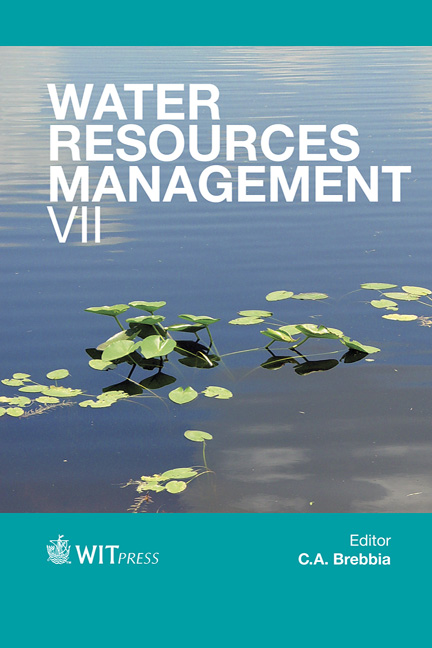The Potential Benefits Of Using Artificial Intelligence For Monthly Rainfall Forecasting For The Bowen Basin, Queensland, Australia
Price
Free (open access)
Transaction
Volume
171
Pages
11
Page Range
287 - 297
Published
2013
Size
209 kb
Paper DOI
10.2495/WRM130261
Copyright
WIT Press
Author(s)
J. Abbot & J. Marohasy
Abstract
The Bowen Basin contains the largest coal reserves in Australia. Prolonged heavy rainfall during the 2010-2011 wet-season severely affected industry operations with an estimated economic loss of A$5.7 billion (£3.8 billion). There was no explicit warning of the exceptionally wet conditions in the seasonal forecast from the Australian Bureau of Meteorology, which simply suggested a 50-55% probability of above median rainfall for the Bowen Basin. In this study, the value of using neural networks, a form of artificial intelligence, to forecast monthly rainfall for the town of Nebo in the Bowen Basin is explored. Neural networks facilitate the input of multiple climate indices and the exploration of their non-linear relationships. Through genetic optimisations of input variables related to temperatures, including atmospheric temperatures and sea surface temperatures expressed through the Inter-decadal Pacific Oscillation and Niño 3.4, it is possible to develop monthly rainfall forecasts for Nebo superior to the best seasonal forecasts from the Bureau of Meteorology. As neural networks employ far superior technology for exploring the patterns and relationships within historical data including climate indices they are to be preferred. Keywords: rainfall, neural network, forecast, Southern Oscillation index Interdecadal Pacific Oscillation, coal, mining.
Keywords
Keywords: rainfall, neural network, forecast, Southern Oscillation index Interdecadal Pacific Oscillation, coal, mining.





